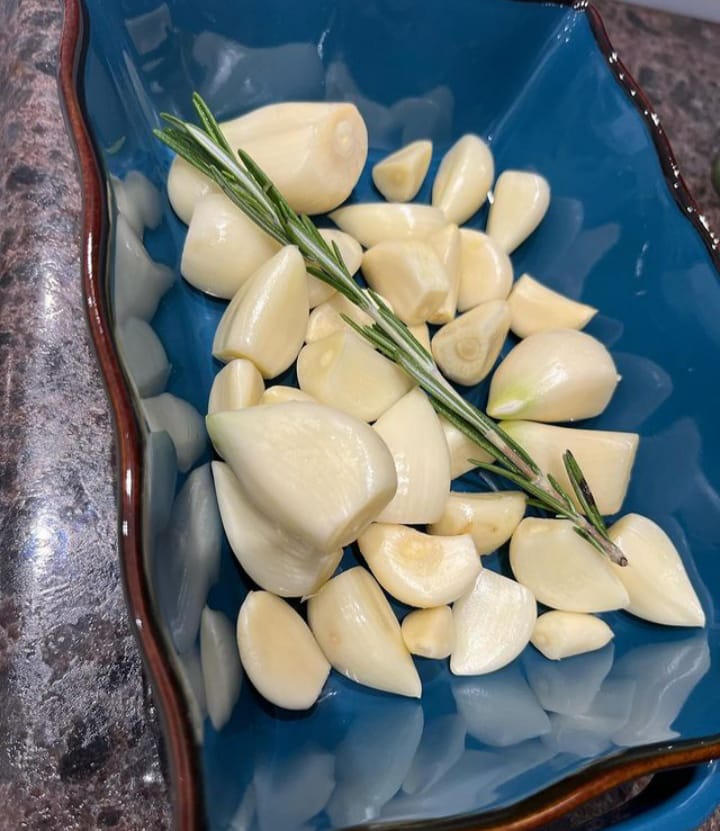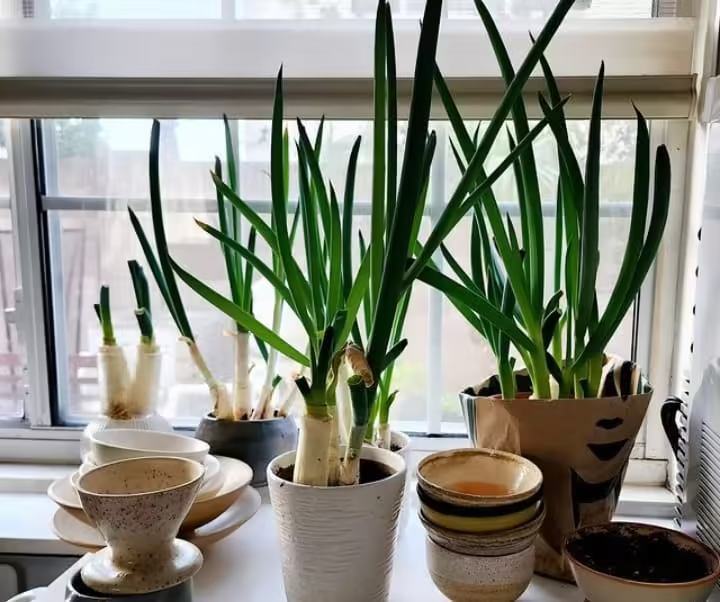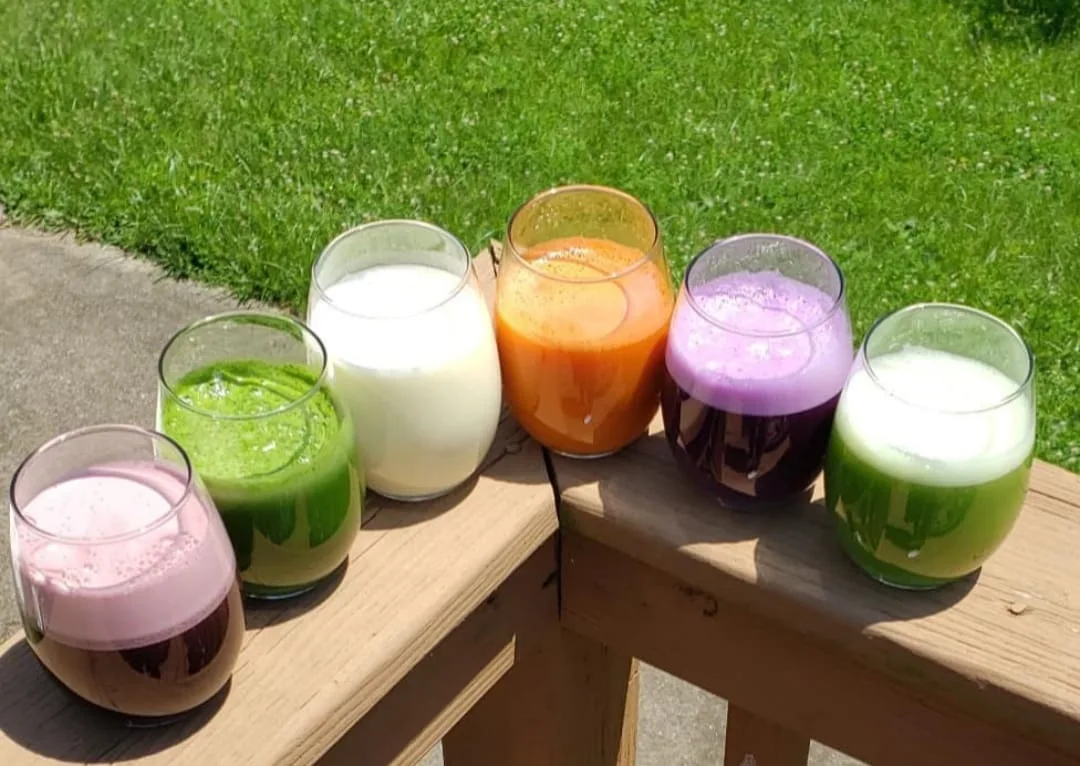Table of Contents
A clove of garlic is a single piece of the bulb that is used to flavor food. It can add a variety of flavors from spicy to sweet, when used raw, sautéedor roasted.
What is a Clove of Garlic
A clove is the small portion that, put together, makes a whole bulb. Each clove is a single portion, small and usually covered by a papery, thin layer of skin. The flavor of garlic is pungent, aromatic, and it will be released when the skin has been peeled off and the clove chopped, minced, or crushed for cooking.
These cloves are versatile and can be prepared in any of several ways. They can be sautéed, which brings out a milder, sweeter flavor in sauces and stir-fries; they can be roasted to develop a soft, caramelized sweetness perfect to spread on bread or eaten raw for a sharp, pungent bite in marinades or dressings. All of these various ways of cooking can make great differences in the flavor profile of garlic and allow it to suit many dishes.
How much is a Clove of Garlic
A single clove of garlic typically measures one to one and a half inches in length and it produces around one teaspoon of minced garlic. A single clove usually weighs between three and five grams. Depending on the size and kind of the garlic this quantity may differ somewhat.
How many Clove of Garlic in a tablespoon
You can get around 1 teaspoon of minced garlic from a single small clove. This amount is often sufficient in dishes that require a more delicate flavor of garlic or when the garlic is not the focus of the dish. Small cloves are ideal for those recipes in which you want just a hint of the flavor of garlic and not overwhelm the rest, since they are milder and have a lighter taste.
For the large ones, he will have about 1.5 to 2 teaspoons of minced garlic. This size works when meals call for a strong flair or aficionados of strong garlic flavor want it. Large cloves are best in robust recipes because the flavor is much stronger; this really changes the flavor profile of a meal altogether.
How many Cloves in a teaspoon
The size of the clove and just how finely it has been minced might make minced garlic fill a teaspoon. On average:
1 Clove of Garlic: Yields about 1 teaspoon of minced garlic.
So all things considered 1 clove of garlic would be about 1 teaspoon of minced garlic. If a recipe calls for 1 teaspoon of minced garlic and you need to know how many cloves that might be you can use 1 clove as a standard measure.
How many Cloves in head of garlic
Depending on the size and kind of the garlic a head (or bulb) may have fewer or more cloves. A normal garlic bulb typically has between 10 and 15 cloves in it. This quantity, nevertheless, might vary from six to twenty cloves. Bigger bulbs typically contain more cloves than smaller ones. Every clove is a separate bulb part that can be used in its own right in cooking.
Clove of Garlic to TSP
One clove of garlic typically yields about 1 teaspoon of minced garlic but it could be a little more or less depending on the size of the clove and how fine the mincing was. For example:
Small Clove: Possibly produce about ½ to 1 teaspoon of minced garlic.
Large Clove: This might yield about 1 to 1.5 teaspoons of minced garlic.
This is important when one finds a recipe that calls for garlic in teaspoons to make sure the right amount is applied for flavor.
Eating Clove of Garlic causing Tonsil Stones

While there are some involvement factors to consider, eating garlic alone does not cause tonsil stones. Particles like food debris, bacteria, and dead cells collect in the crypts of your tonsils and result in what is called tonsilloliths or tonsil stones. The following is a deeper look at how tonsil stones and garlic could be connected:
The Probable Link Between Garlic and Tonsil Stones
Smell and Taste: The odor and taste of garlic are strong and linger in the throat and mouth. This strong presence may heighten the presence of the tonsil stones or worsen the halitosis commonly associated with tonsil stones.
Throat Irritation: Raw or overcooked garlic may irritate the throat. This might only increase pain if someone has tonsils stones or just make tonsils more sensitive and bring out existing stones.
Bacterial Activity: While garlic is an antibacterial agent, its consumption at times can cause an imbalance in the population of bacteria in the oral cavity. In case a bacterial growth increases due to such an imbalance, then it could contribute to the development or exacerbation of tonsilloliths.
How to avoid Tonsil Stones
Maintain Good Oral Hygiene: Routine brushing of the teeth and tongue, flossing, and mouthwash decrease the accumulation of food particles and bacteria that cause tonsil stones.
Keep your body well-hydrated; this will help maintain oral hygiene as well as prevent the dry environment that contributes to the buildup of debris within the crypts of your tonsils.
Frequent gargling helps clear this debris off the tonsils and reduces the amount of bacterial accumulation. Gargling can be with salt water or an antibiotic mouthwash.
Avoid Irritants: If you find that consumption of pungent foods, such as garlic, cause throat irritation or exacerbate your symptoms, you may want to reduce the amount of consumption or cook your garlic, as it may not be as irritating as raw garlic.
Clove of garlic benefits
Besides its flavor, a number of health benefits are attributed to garlic. Some major health benefits of the use of garlic are as follows:
- Promotes Heart Health
Reduces Blood Pressure: Various reports claim that garlic may lower blood pressure, which is something believed to be good for cardiovascular health.
Lowers Cholesterol: Garlic has been found to reduce levels of LDL (bad) cholesterol and can even improve total cholesterol profiles.
Prevents Atherosclerosis: Garlic has been claimed to reduce the risk of heart disease by preventing any coagulation in the arteries. - Strengthens Immune Response
Allicin is one of the antimicrobial phytochemicals that helps the human body resist various infections and is one of the active principles of garlic, which acts against viruses, bacteria and fungi.
Immune Response: On regular consumption garlic enhances the body’s resistance against common diseases such as flu and colds. - Less Inflammatory Effect
Inflammation Agonist: Sulfur containing chemicals and antioxidants in garlic aid in minimizing inflammatory activity in the body. This helps in managing diseases like arthritis. - Antioxidant Properties
Neutralize Free Radicals: Packed full of antioxidants garlic helps in preventing oxidative stress and free radicals that are more likely to reduce chronic diseases. - Enhances Digestive System
Good for Gut Health: Garlic promotes the growth of good bacteria and inhibits the growth of bad bacteria, hence useful for the entire digestive health.
Digestive Aid: Garlic agitates the digestive tract for more work hence improving nutrient absorption and breakdown. - May Help in Cancer Prevention:
Anti cancer properties of garlic activate a process within cells called programmed cell death which in other words means cancerous cells die. Another way it prevents cancer is by preventing the development of tumors in the very first place. - Aids in Weight Control
Boosts Metabolism: Garlic helps with increasing metabolism. Increased metabolism helps with losing weight.
Antimicrobial and Antioxidant Properties: Antioxidants in garlic may give way to healthier full-of-life skin; its antibacterial properties help fight off acne. - Sharpens Brain Activity
May Protect from Cognitive Decline: A few studies have identified that the antioxidants in garlic keep the brain safe from oxidative stress and even lower the risk of neurodegenerative diseases. - Detoxifying Agent Supports Liver Health:
Improves Liver Function: Garlic is said to improve overall liver function and to help it clear harmful chemicals from the body .
How to Use Garlic for Maximum Benefit
Minimally Cooked or Raw: In its raw form or lightly cooked, garlic retains most of its health benefits, including allicin. Long cooking at high temperatures may extract some of the health benefits of garlic.
Use in meals: Add garlic to a variety of dishes, whether they be for cooking or salads, soups and sauces.
Posts you may also like: How to make Hibiscus Tea from dried flowers
FAQs
For fitness blogs you must visit.

Ankush Kumar is a professional content writer and the founder of Healthnick.com. He is a health and wellness enthusiast with a deep interest in nutrition, fitness and holistic living. Harish is committed to delivering research-based insights on various health topics. He enjoys exploring new trends in health, experimenting with nutritious recipes, and staying active.






